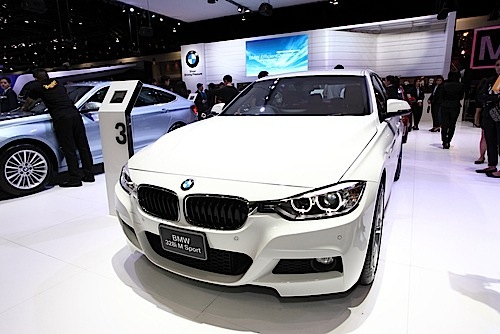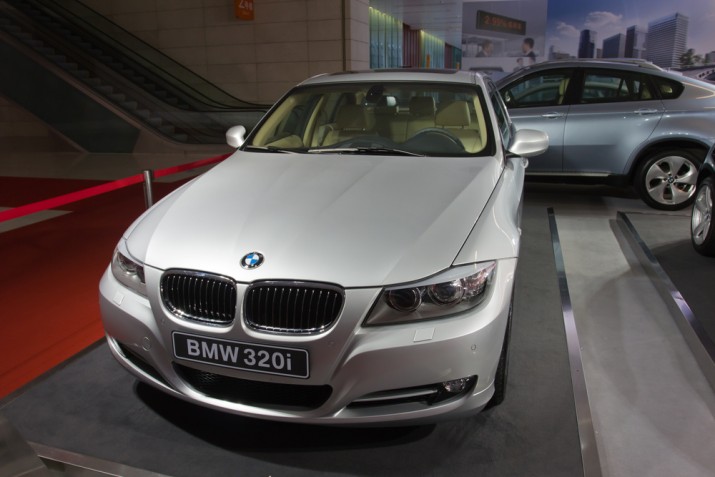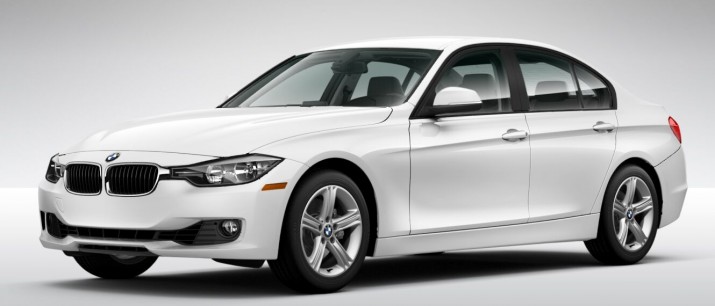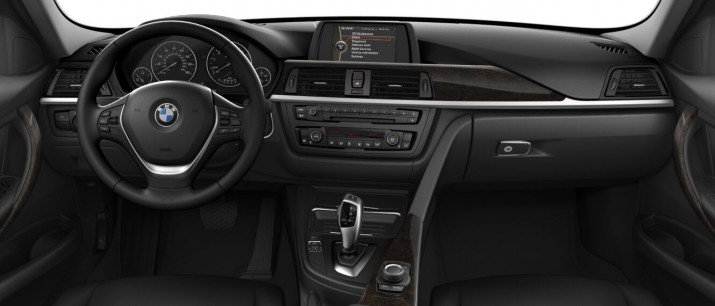BMW for the 2014 model year offers two different inexpensive 3 Series vehicles for consumers to purchase. The $32,750 320i and the $37,300 328i both offer the promise of Bavarian performance while achieving good fuel economy and family practicality. Both are 4-cylinder engines, and both seem similar on paper. However, is the added oomph worth the extra cost? Let’s take a look at all the options and figure it out!
Horsepower
The 320i uses a turbo 4-cylinder engine producing 180hp and 200lbs/ft of torque. The 328i is also a 4-cylinder turbo that has upped the boost to generate 240hp and 255lbs/ft of torque. An increase of about 60 on both torque and horsepower figures are something that would be noticed by the driver.
Acceleration
The 320i is reported to accelerate from 0-60 in 6.7 seconds. While that may seem slow when compared to a Porsche 911 Turbo S that can do the feat in 2.6 seconds, the 240hp turbo Ford Fusion Titanium takes 6.8 seconds to make the run. The 240hp 328i accelerates to 60mph in 5.6 seconds. Why are the BMWs so much faster than the Fusion? Weight. 3295lbs on the 320i and 3410lbs on the 328i
Fuel Economy
The 320i edges the 328i’s fuel economy by just 1mpg in the city and on the highway. The 320i is 24 city and 36 highway compared to 23 city and 35 highway on the 328i. A one mile-per-gallon difference in the 320i will not be significantly noticeable during day-to-day driving and refueling.
Standard Equipment
The 320i does come equipped pretty well for a base BMW. All the windows are power, the rearview mirror inside automatically dims. There are radio controls on the steering wheel and the climate control is dual-zoned for passenger comfort. Significant changes in the 328i is the inclusion of a pass-through rear seat, memory function on the seats and mirrors, and the ability to option up more stuff (at an additional cost) that aren’t available on the 320i.
Verdict
Small BMW sedans are known for how well they drive. Typically, that does not mean straight-line performance, but rather performance when the road gets a bit twisty. For those looking for a good driving BMW that stays true to that heritage, the 320i really is a good vehicle to look at. Compared to modern sedans from other manufacturers, its performance is decent, and should have no troubles reaching highway speeds or overtaking. The weight savings also will make the 320i feel light and nimble in the corners.
The 328i is nearly $5,000 more for a similar base trim level. The extra horsepower will be noticeable, even in day-to-day driving. Also, both the 320i and 328i share a perfect 50/50 weight distribution, making them handle exceptionally well. If you are looking for a car that you can load more options on to, including a heads-up display, the 328i is the vehicle to choose.
We like horsepower, and would most likely option the 328i if we had the choice, but with the low base price of the 320i and excellent handling performance, we’d seriously consider pocketing the price difference and sticking with the 320i.




